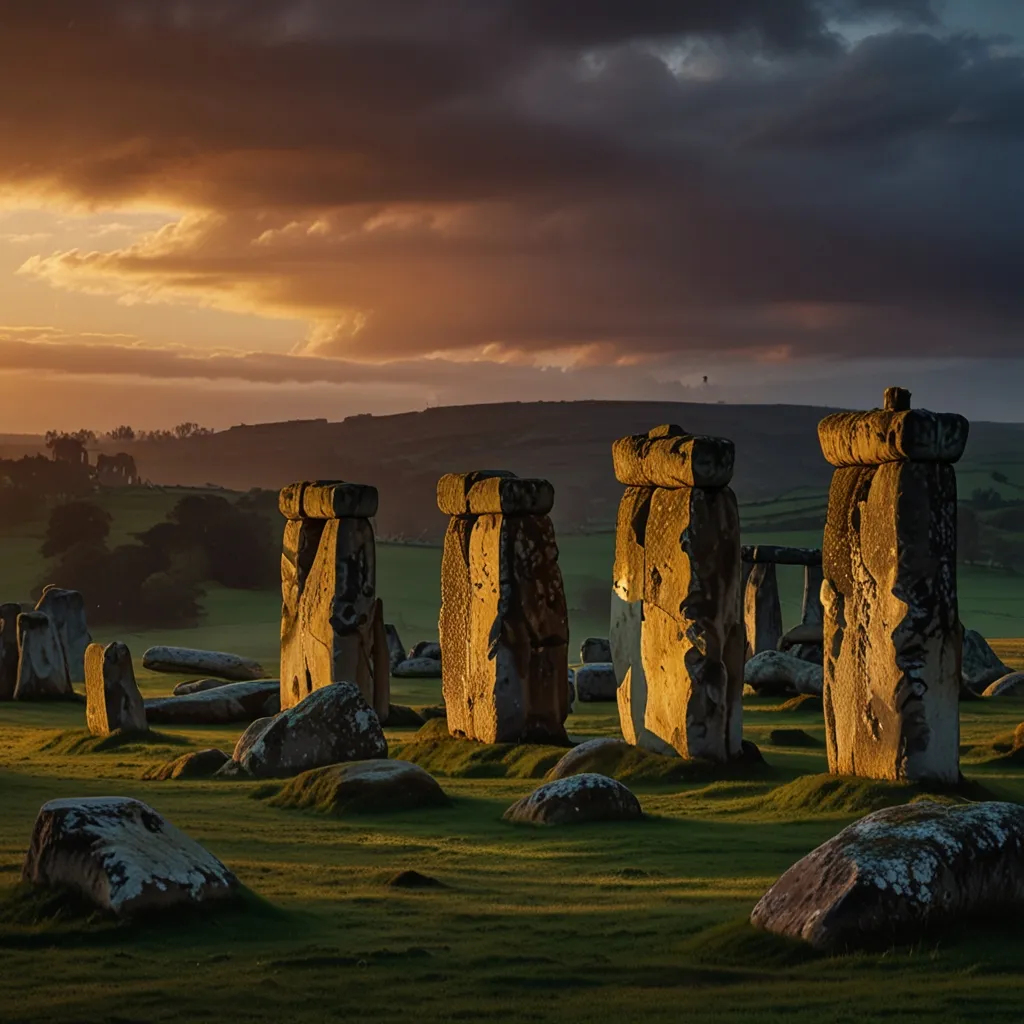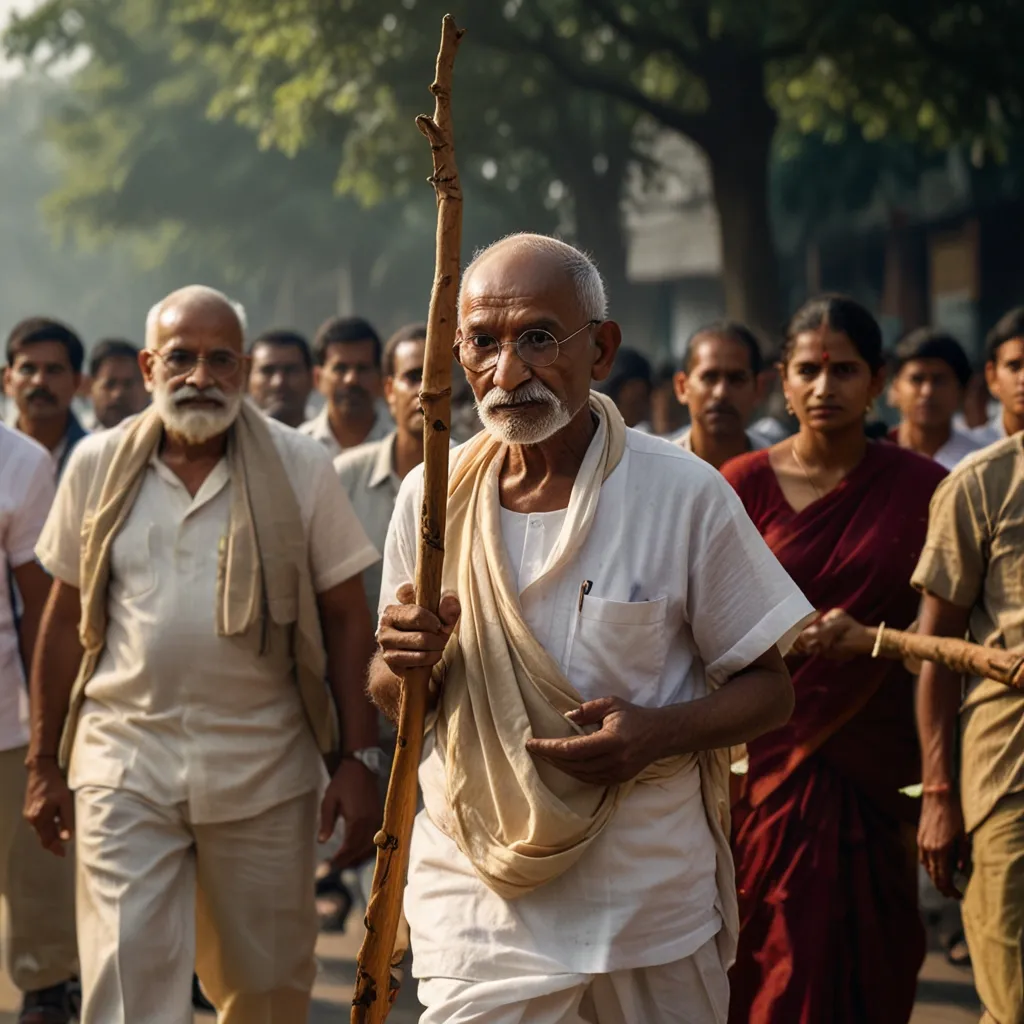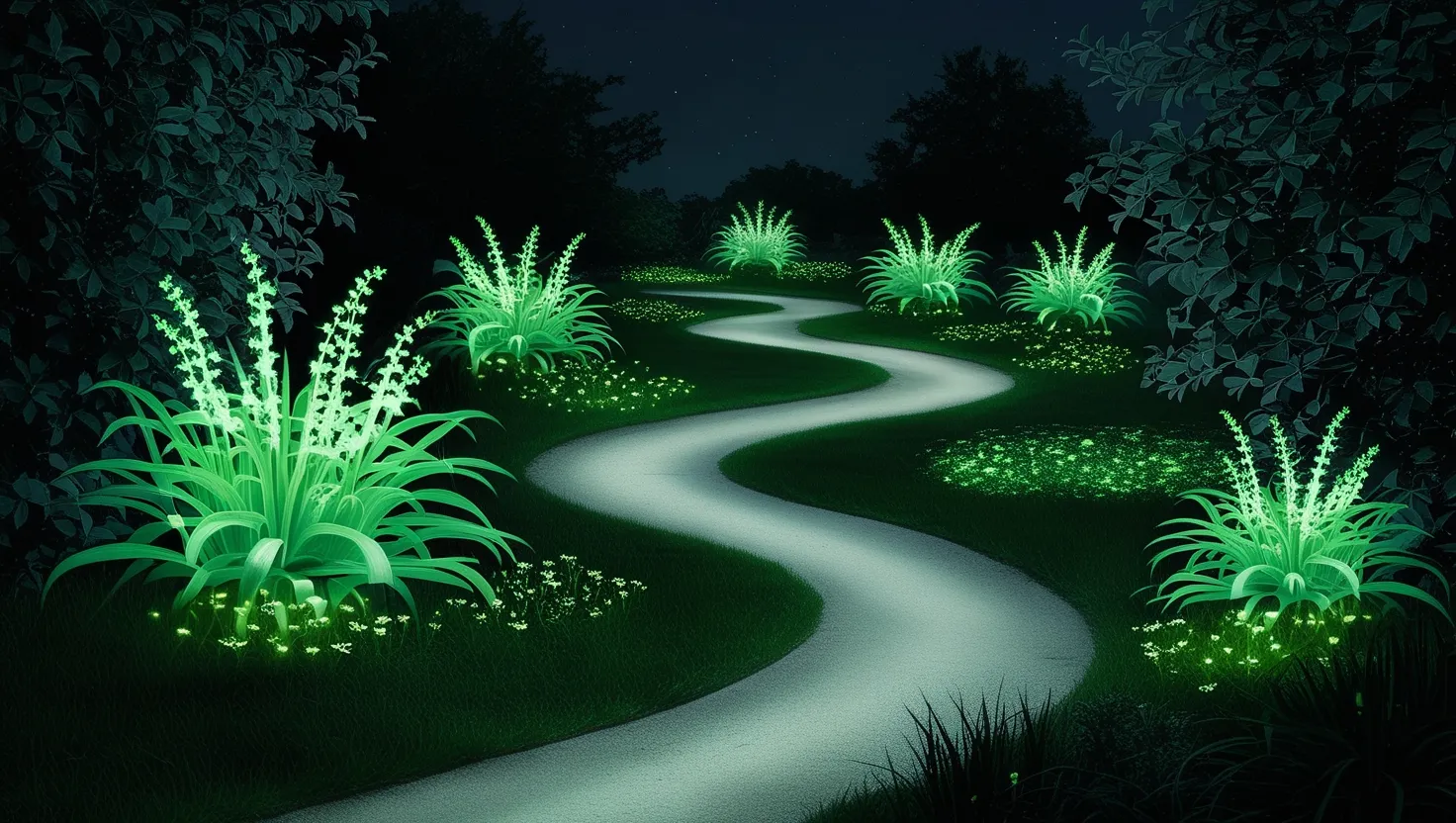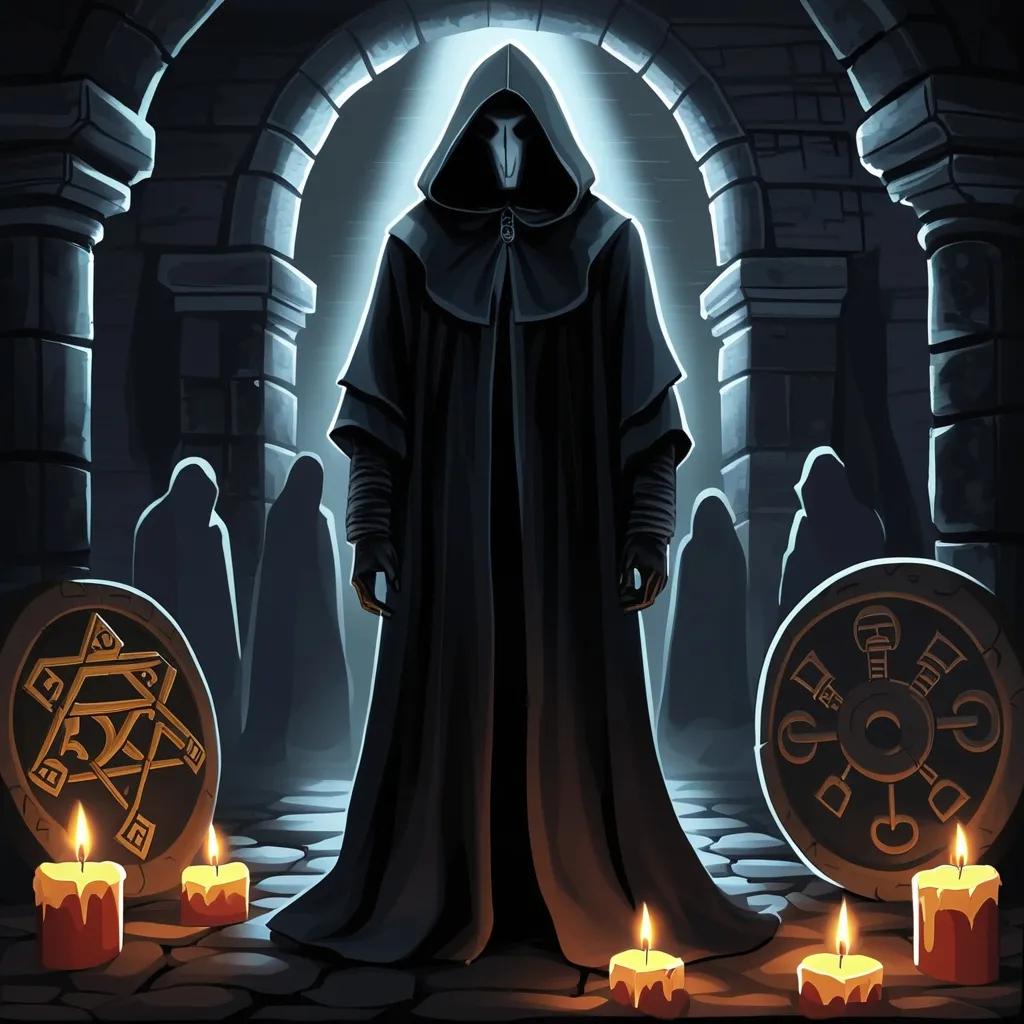The story of Britain is like flipping through the pages of an ancient novel that spans millennia, stretching way back to a time when it was just whispers and legends to the mighty Roman Empire. Picture this: It was 55 BC when Julius Caesar decided Britain might be more than a myth and set his eyes on this enigmatic island. But alas, the first encounters didn’t promise a triumphant tale of conquest. Fast forward nearly a century, and Emperor Claudius achieved what Caesar couldn’t. He stepped foot on British soil and changed the island’s course forever, placing their mark on the sacred Stonehenge and laying down the foundation of Londinium—London’s ancient sibling. The Romans established a bustling hub, seizing control and effectively starting a new chapter in Britain’s evolving saga.
But rewind to when it all began, and the legendary story of the United Kingdom takes root in the untouched soil of prehistoric times. Imagine the first settlers around 8000 BC; hunter-gatherers who crossed over from Europe. Nomadic tribes that brought early trade to life, dealing native game while fending off wolves and bears that roamed dense forests. Archaeologists have unearthed smooth stone tools—magnificent relics of a rudimentary existence. These tools not only tell tales of survival but also hint at the ingenuity that our ancient ancestors possessed, crafting hand axes to butcher game at campfires flickering with shadows of mystery.
As the land underwent transformation, water levels swallowed up plains connecting it to mainland Europe, creating the island Britain we recognize. Band after band settled in, adapting with changing climates and terrains, from icy permafrost to verdant forests clothing the land in green as warmth returned after the last Ice Age. Ingenious early Brits, with their wooden spears and leaf-shaped arrowheads, tracked reindeer and boar, developing new strategies and communal knowledge. Their lifestyle started to change, and they began cultivating the first glimmers of agricultural life around 4100 BC—a pivotal evolution that allowed them to plant fields and tame animals for food, ushering the Neolithic period with monumental farming feats.
The tireless work evolved into structured communities, progressing to the mysterious age of hinges and enclosures like Stonehenge—storied gathering spots wrapped in layers of time’s enigma. By the arrival of the Bronze Age around 2200 BC, the United Kingdom was no stranger to innovation and adaptation. Bronze tools and ornaments emerged; artistic journeys along the metal trade routes bloomed, fueling their blossoming societal structures. Cast in alloys of tin and copper, they created tools and weapons meticulously, gleaming proof of Britain’s rising prominence in a growing European tapestry.
Then came the Iron Age around 1200 BC, marking a significant leap—iron and steel giving birth to durable weapons and plows that nurtured settlements. The society evolved, culturally and technologically linked by myths and language passed down through generations. As Europe fought and traded, the Celts emerged dominant. Spread across Britain in tribes, they shared a rich culture with Europe, even resisting Caesar’s Roman advance. Yet when Rome eventually unleashed its might, Britain’s tapestry was tugged in a new direction.
The Roman Empire’s firm grip forged Britain into an integrated part of Europe. Roads crisscrossed like lifelines between key towns, and London became more than a fledgling hub—it developed crucial connections, thriving with trade. Britons gradually adopted Roman customs, reshaping the cultural fabric while resisting Roman military clout. By the 5th century AD, however, the Roman troops withdrew, leaving Britain fragmented, thrust into the shadows of the so-called Dark Ages.
Vikings next shaped Britain’s destiny with longships cutting through the North Sea, firing legendary tales of pillaging alongside settlement. Raiders who later nestled into English towns played a vast role in the lexicon—Old Norse mingling into modern English. Viking words linger in our daily speech, intertwined with Saxon and Celtic history. By the time of the Norman Conquest in 1066, Britain had become a multicultural canvas under multiple rulers who brought stone fortresses and feudal systems that left an indelible mark on its rolling landscape.
The landscape—both physical and social—had shifted visibly by the time of the Viking Age’s end and the heralding of the Middle Ages. A tapestry woven with tales of exploration, feudal loyalty, and chivalric romance. Castles dotted hills like pieces on a medieval chessboard. It was a time of heated battles for the throne between rows of roses—the House of Lancaster and the House of York—that painted the roses red in more ways than one until the advent of the Tudors.
Speaking of the Tudor period, what an era! With famous names like Henry VIII ushering in religious reform by creating the Church of England—each marriage and annulment stirred a different chapter of controversy. His daughter, the iconic Elizabeth I, navigated through storms of enemies, establishing England as a powerful maritime nation. Her era sparked the English Renaissance, elevating literature and arts to grand heights, names like Shakespeare taking root in British soil, becoming timeless staples worldwide.
As the backdrop shifted through to the 17th and 18th centuries, Britain saw the rise of the Industrial Revolution, pulling swathes of countryside dwellers into bustling city factories. Steam power and machineries crafted a whole new epoch; networks of canals drew lines of prosperity across its map. The nation grew in wealth and influence amid growing pains and urban challenges. Trade routes stretched tentacles across oceans, but so too did Britain’s thirst for territory, shaping an empire so vast it boasted the sun never set upon it.
In the coming eras, Britain was a stage of progress and turmoil. The Victorian Age bloomed with rapid industrial expansion intertwined with cultural quirks and societal reform. Innovation ran hand in hand with exploration, leading to seismic shifts in how society operated—both for the rich and the poor. Yet domestic struggle and prosperity came, leaving trails of change that painted Victorian life in rich, often complex hues.
With two World Wars came cataclysmic shifts. A tide of emotion and loss swept over the isles as young men left for the trenches, and women stepped into roles they hadn’t previously been allowed. The United Kingdom emerged battered yet resilient, evolving into a modern nation upon post-war reconstruction. Bit by bit, colonies sought independence, and Britain adapted, leaving seas of change within its historic cultural and economic bearings.
The second half of the 20th century saw Britain modernize its industries, joining the global stage through military alliances and economic integrations, navigating through social and economic upheavals into the 21st century. Cultural revolutions carried British music, literature, and media far and wide, changing how the world sang, watched, and read—an influence that remains unchallenged.
In recent years, the United Kingdom has continued to evolve, tackling political paradoxes and economic issues, like Brexit and energy crises, showing resilience in its ever-changing narrative. With contributions that span language to culture, Britain holds a lasting legacy—emanating from the inspiring tapestry of its long, colorful history.






